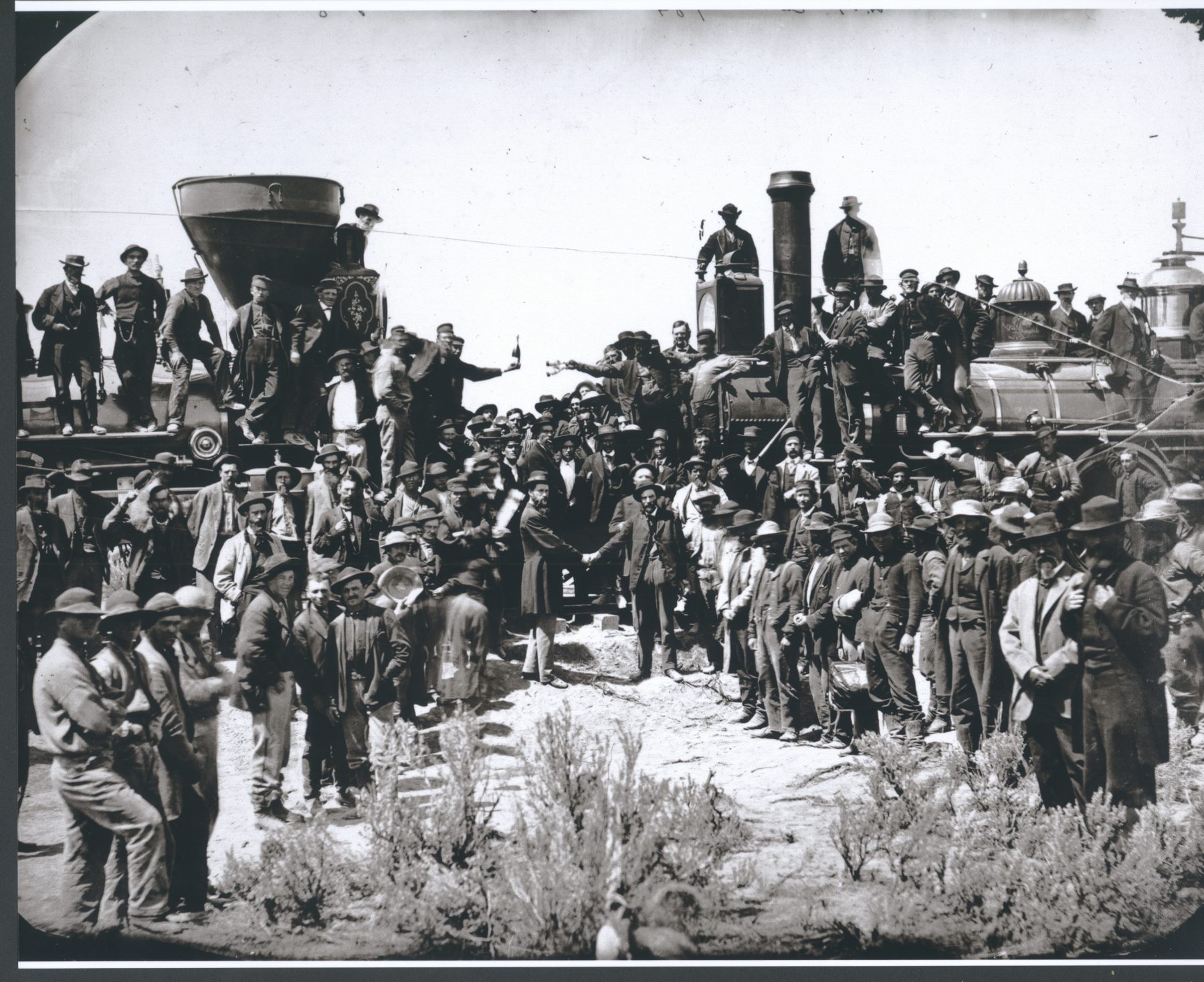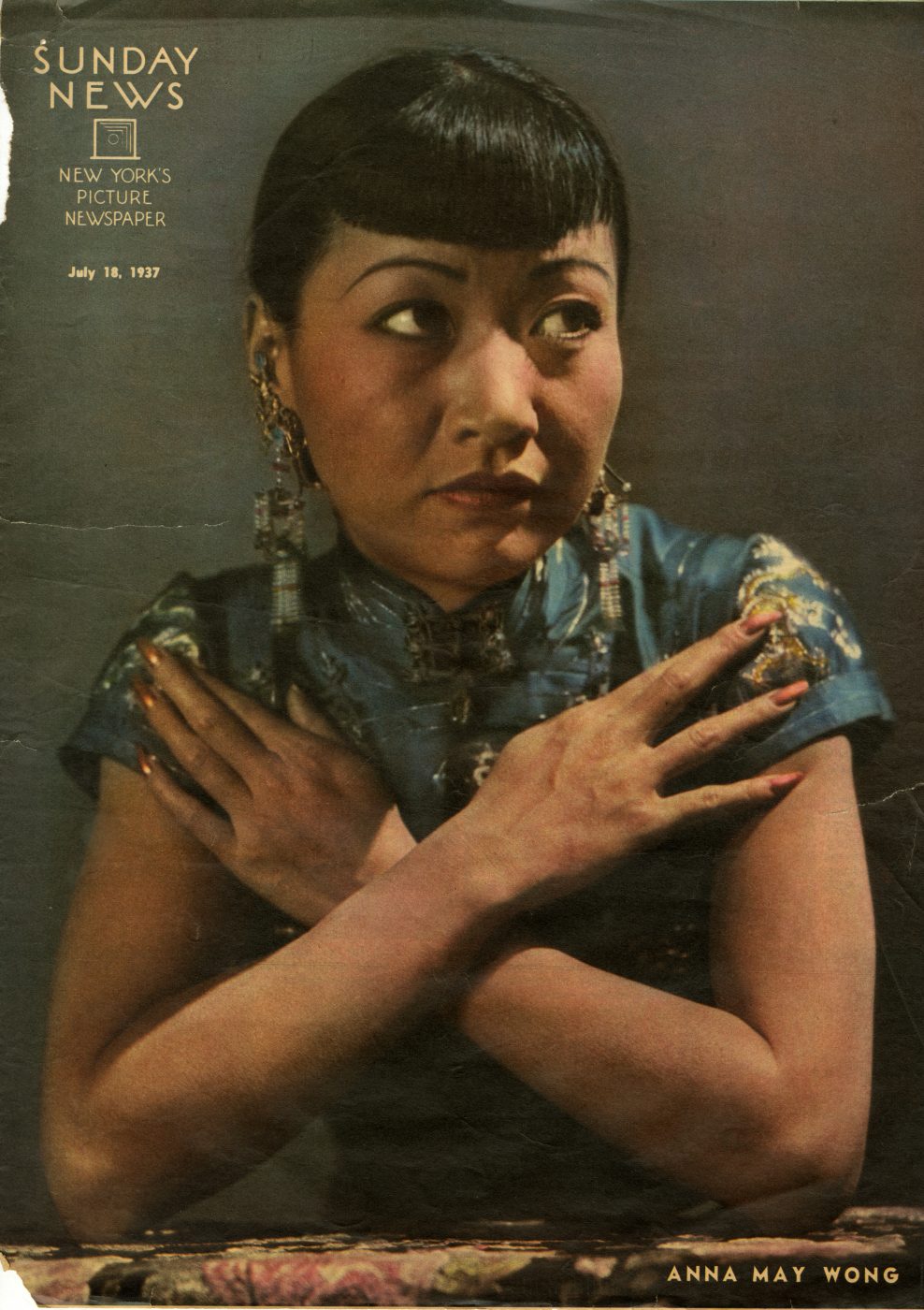Collections馆藏Collections馆藏Collections馆藏Collections馆藏Collections馆藏Collections馆藏Collections馆藏Collections馆藏Collections馆藏Collections馆藏Collections馆藏Collections馆藏Collections馆藏Collections馆藏Collections馆藏Collections馆藏Collections馆藏Collections馆藏Collections馆藏Collections馆藏Collections馆藏Collections馆藏Collections馆藏Collections馆藏Collections馆藏Collections馆藏Collections馆藏Collections馆藏Collections馆藏Collections馆藏Collections馆藏Collections馆藏Collections馆藏Collections馆藏Collections馆藏Collections馆藏Collections馆藏Collections馆藏Collections馆藏Collections馆藏Collections馆藏Collections馆藏Collections馆藏Collections馆藏Collections馆藏Collections馆藏Collections馆藏Collections馆藏Collections馆藏Collections馆藏Collections馆藏Collections馆藏Collections馆藏Collections馆藏Collections馆藏Collections馆藏Collections馆藏Collections馆藏Collections馆藏Collections馆藏Collections馆藏Collections馆藏Collections馆藏Collections馆藏

10 May 2019 Posted.
“East and West Shaking hands at laying Last Rail” by Andrew J. Russell on May 10, 1869 at Promontory Summit, Utah, displayed at the Museum of Chinese in America (MOCA) core exhibition, Courtesy of the Union Pacific Railroad Museum.
摄影师Andrew J. Russell拍摄的“东西两段铁路的胜利会师”,1869年5月10日,犹他州海角峰,美国华人博物馆(MOCA)核心展览展出图片,联合太平洋铁路博物馆馆藏


